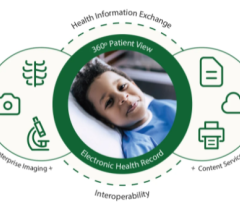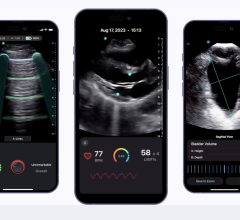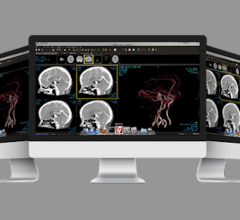October 25, 2007 - The Medical Records Institute (MRI) today unveiled the results of its annual survey on electronic medical record trends and usage.
Results of MRI's “2007 Survey of Electronic Medical Record Trends and Usage,” include 1,011 respondents to the survey, with responses from vendors and consultants being deleted. Of the respondents, almost two-thirds identified themselves as having final or strong influence in EMR-decision making.
The survey showed the top priorities for strategic decisions in IT include the need to improve clinical processes for workflow efficiency and to improve the quality of care.
Major factors driving EMR adoption in the hospital segment include patient safety considerations, efficiency, convenience, and satisfaction of physicians and clinician employees.
The survey cites major factors driving EMR adoption in the medical practice segment, including improved patient documentation, efficiency and convenience, and remote access to patient information. Major barriers to implementing EMR systems include lack of adequate funding, anticipated difficulties in changing to an EMR system, difficulty in creating a migration plan from paper, and the inability to find an EMR solution/components at an affordable cost.
The survey showed several major factors driving the installation of speech recognition (SR) technology. These include improve productivity, reduced turnaround time on information entry, and reduce transcription costs.
Respondents said the EMR administrative applications and functions most in use are billing and accounts receivable, scheduling, claims processing and patient appointments. EMR data capture, review, and update applications most in use include patient demographics, allergies and adverse reactions, and laboratory results.
The survey also showed the Continuity of Care Record use has increased since 2006. Use of wireless technologies has increased, with WiFi being the most used. More than half of the respondents rate quality of care, patient safety, and efficiency of healthcare delivery as improved by EMRs in their organization and in healthcare in general, and more than 90 percent said EMRs will improved quality of care, patient safety, and efficiency over the next 10 years.
For more information: www.medrecinst.com


 June 28, 2024
June 28, 2024 








